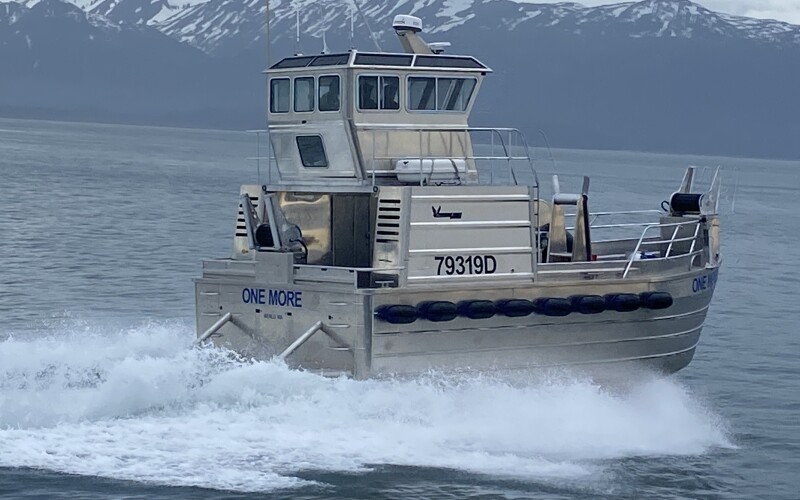Peregrine Boats in Chugiak, Alaska, is due to launch a 32' x 17' × 20" Bristol Bay
The double-ender's main feature, as opposed to the traditional Bristol Bay gillnetter, is
That's because the net reel (from Maritime Fabrication) can travel from bow to stern and back, passing beneath the wheelhouse, which is six and a half feet above the deck, mounted on 35-inch wide by eight-foot long deck stanchions.
Fishermen favor this design, says Johnson, "because it's easier to work as a bow picker than a stern picker because it's in front of you." It's also easier to control the boat and "easier to get into shallow water since you are pushing forward, and it gives you a lot more deck space" to work. That's the entire length of the deck, from bow to stern.
For power, there will be a pair of 600-hp 8.3-liter Cummins diesels matched up with Hi401 Hill water jets. This isn't the first Bristol Bay gillnetter Peregrine Boats has outfitted with the Cummins diesels; in fact, Peregrine Boats favors the 8.3 Cummins, all for good reason.
"It's the best weight for performance and horsepower," says Johnson, "and Cummins has
Down below are four bunks and up in the elevated wheelhouse another two bunks. A
This is the eighth double-ender Peregrine Boats has built to this design. The design has "stayed pretty much the same because they work really well," says Johnson.








